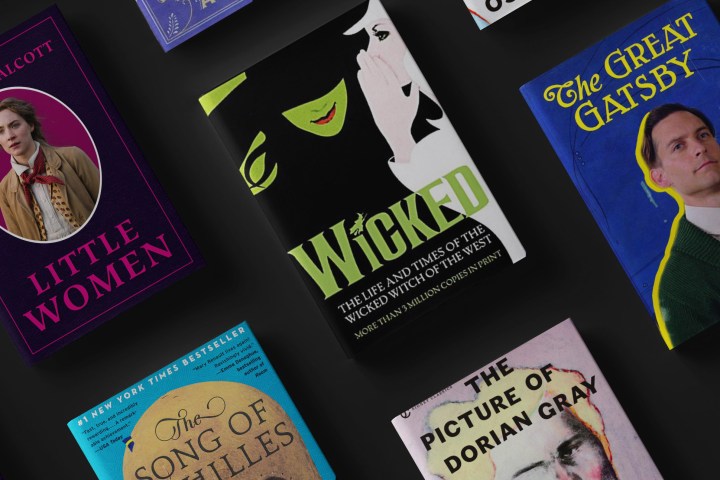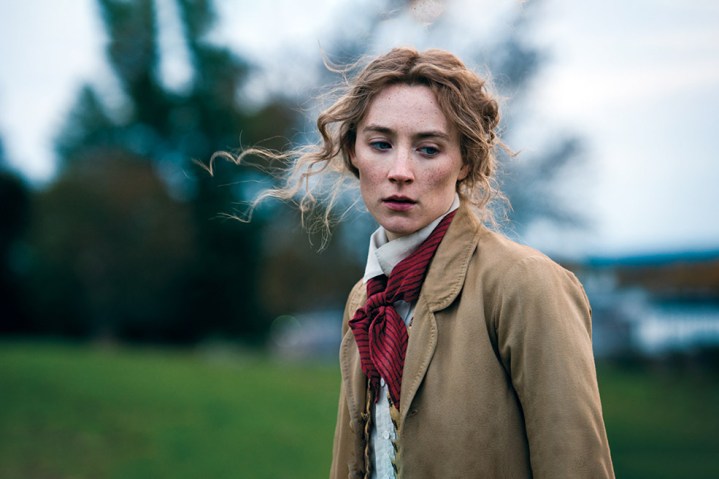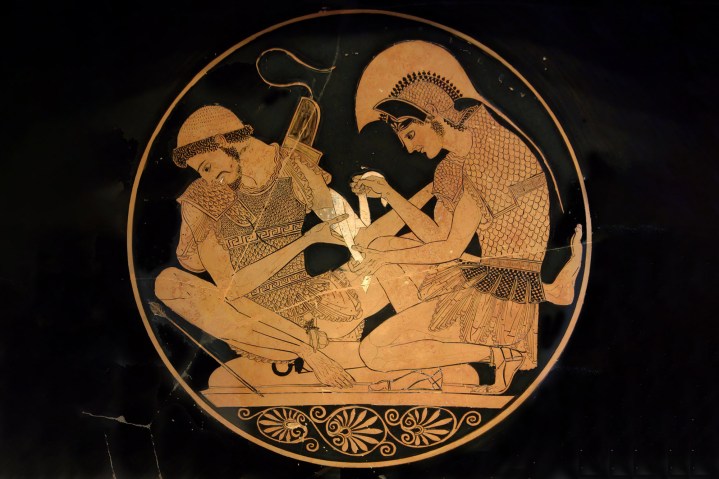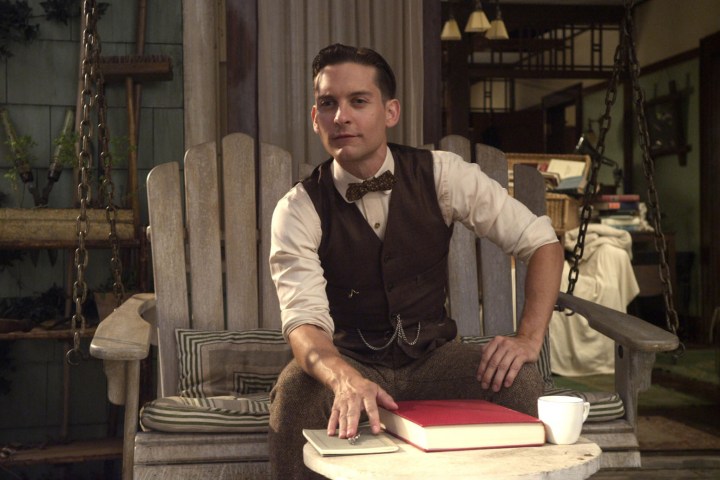As the media landscape broadens and new platforms are created to consume content, LGBTQ+ films and TV shows are becoming more prominent. Numerous queer-themed films and television shows are available on streaming services, while many LGBTQ+ documentaries shine a light on the struggles and victories of our community. Teen-focused LGBTQ+ content is also becoming more common, a victory for future generations who won’t have to grow up feeling ashamed of who they are.
Literature is not falling behind; from novels to comic books and graphic novels, queer storylines are gaining more ground in a field previously dominated by straight, cis, and mostly white romances. It’s not like queer writers have never existed; on the contrary, literature was the home for many queer figures who expressed their longings and desires through their writing at a time when their inclinations were still frowned-upon at best. From Oscar Wilde to Walt Whitman and Virginia Woolf, many queer authors gained prominence, and a few even became legends.

Still, even though some of these figures managed to experience their sexuality mostly freely — Wilde and Whitman might’ve even experienced more than a professional relationship, according to some — others remained in the suffocating safety of the closet, whether by choice or not. Writing provided an opportunity to express their desires — undeclared hopes and dreams — through a more ambiguous lens, disguising their intentions behind a more digestible façade.
So while one might seldom find an overt reference to homosexuality in classic literature, we can, every so often, stumble upon a particular paragraph that makes us arch our eyebrows and wonder. Take, for instance, Jo March in Louisa May Alcott’s seminal novel Little Women, expressing her empathy towards the older and unmarried women. “Don’t laugh at the spinsters, dear girls, for often very tender, tragic romances are hidden away in the hearts that beat so quietly under the sober gowns.”
Our favorite women

Jo March is the perfect example of a queer-coded character. She isn’t overt in her romantic feelings for anyone — not Laurie and certainly not Professor Bhaer, no matter how hard the narrative tries to support their ill-conceived romance. Indeed, Jo is most comfortable with herself, expressing a sense of individuality and strength of will that few literary characters, classic or modern, possess. Whether Jo is queer or not is up to the reader’s interpretation, but the suggestion is there for anyone willing to find it.
Numerous other female literary characters exist beneath the umbrella of queerness; the signs are sometimes subtle and sometimes not. Take Clarissa Dalloway, the titular heroine of Virginia Woolf’s Mrs. Dalloway. Clarissa is self-conscious, restless, and trapped, much like Woolf herself. She spends the novel reminiscing about a friend from her youth, Sally Seton. They shared a kiss, which Clarissa considers one of the best moments of her life, and often expresses her feelings for her. The book never outright declares Clarissa a lesbian, but it is absolute in portraying her interest in Sally.
Beyond the rich and interesting ideas about sexuality and identity that it poses — indeed, Clarissa might be one of the earliest examples of a pansexual character in literature –, Mrs. Dalloway is revolutionary in its portrayal of romance and romantic feelings. The narrative is unbothered with definition and instead presents the story and reflections of characters seeing each other as individuals in love, unconcerned with gender constrictions.

Then there’s someone like Charlotte Lucas, Elizabeth Bennet’s loyal spinster friend in Jane Austen’s Pride and Prejudice. In perhaps her most iconic quote, Charlotte defends her decision to marry Mr. Collins, telling Lizzie, “I am not a romantic, you know. I never was. I ask only for a comfortable home.” Charlotte’s choices clash with Lizzie’s spirited, idealistic way of thinking and romantic ending, but Austen goes to great lengths not to encourage pity for Charlotte. On the contrary, the author holds certain admiration for Charlotte’s pragmatic way of thinking.
Was Charlotte a closeted lesbian or a victim of fate, doomed to always seem less compared to the beautiful Bennet sisters? Perhaps she was both. Queer-coded characters don’t exist in a box, often receiving a less constrictive narrative than other, more traditional figures. Ironically, in ambiguity, they find freedom.
We can think of other female characters as queer to varying degrees. Wicked‘s Glinda has intense feelings for Elphaba but seldom shows interest in the opposite sex. And what about Austen’s other beloved heroine, Emma, whose possessiveness over poor Harriet has launched a thousand AO3 fanfics? Emma is famous for its reversal of gender-reversal, so is the idea of a queer Emma Woodhouse so far-fetched? Even Charlotte Brontë’s Jane Eyre can be seen through a queer lens, particularly in her formative experiences pre-Rochester.
A man’s world

And what of the men? Queer-coded male characters in literature are more common than one might think. Classic mythology is full of homoerotic subtext that becomes blatant text more often than not — from Achilles and Patroclus to Zeus and Ganymede, to Apollo and his many, many, many male lovers. Timeless novels like The Picture of Dorian Gray and Adventures of Huckleberry Finn are famous for their unsubtle and rampant queer references, to the point where they are almost considered LGBTQ+ literature, while characters like Les Miserables‘ Enjolras or The Great Gatsby‘s Nick Carraway exist as prime examples of queer-coded figures in well-known literary works.
Enjolras, arguably the most charismatic character in Victor Hugo’s mostly depressing historical novel Les Misérables, shows several queer signs. The face of change and revolution from the reader’s perspective, Enjolras’ perfection relates closely to his distinctive femininity, described by Hugo as having “long fair lashes,” “rosy cheeks,” and “pure lips.” He also shares a confrontational yet tension-filled connection with the skeptic Grantaire, reconciling with him during their last moments and dying hand-in-hand.

The protagonist of F. Scott Fitzgerald’s seminal novel, Nick Carraway, is another prime example of a queer-coded figure. Nick is The Great Gatsby‘s beating heart, a character who continues enthralling audiences thanks to his sharp insights and way with words. However, it’s his intense attachment to Jay Gatsby and observations about other characters — mainly Tom — that have led to numerous authors interpreting Gatsby through a queer lens. Nick’s appreciation of Gatsby comes from a place of idealization not far from where Gatsby comes when regarding Daisy. Whether Carraway wants to be Gatsby or be with him is up for debate, but the intensity of his feelings is strong enough to not only warrant but actually encourage discussion.
Holden Caulfield from The Catcher in the Rye has several intriguing and potentially queer layers. He interacts with men throughout the story, openly showing admiration for his roommate’s physique while being taken aback by a physical gesture from his teacher, which he interprets as a sexual advance. Holden’s views on sexuality are immature, coming from a place of inexperience; he lacks a clear understanding of what he wants or likes because he fears change and complexity. Holden longs for simplicity, something rarely afforded to teenagers in coming-of-age stories.
Queer reading in the new age
In his article, “The Queering of Nick Carraway,” author Michael Bourne famously said, “I suspect the queer readings of Nick Carraway say more about the way we read now than they do about Nick or The Great Gatsby.” In a way, he is right. We live in a time when we are more aware than ever of the presence and impact of the LGBTQ+ community. We exist; we are here, wanting to be seen and heard, especially after spending so long hiding behind closed doors of shame and fear. Is it so far-fetched that we spent years looking for any sign of representation in the literature we loved and consumed, settling for whatever ounce we found, faint as it might’ve been? And is it wrong to think that we are reading new meaning into timeless classics now that we are open to a more inclusive way of thinking?
Writing can be a tricky task. We, as writers, know our purpose and intent when putting our thoughts into words but have no control over them once we release them to the masses. Those of us lucky enough to have our ideas read by others understand the double-edged sword of writing; once we publish something, it stops being solely ours. Writers give purpose to their words, but readers give them meaning. Audiences imprint on the writing, interpreting them from a place of intimacy, shaped by their own experiences and perceptions. And if these ideas lead them to identify queer elements in a particular character, there must be something to warrant it, for they understand better than anyone else.
We can’t say for sure if these characters are queer, but we can wonder and analyze, discuss and contribute to their already rich legacies. And what’s so wrong with that? Discussion can only benefit in the long run, especially when talking about characters that mean so much to so many people. These characters have withstood changing times, evolving ideas, wars, conflicts, book bans, and everything in between; surely, they can deal with a couple of queers embracing them as one of their own. If an LGBTQ+ kid struggling with their sexuality sees themselves in Jo March, who are we to say their interpretation is wrong?



